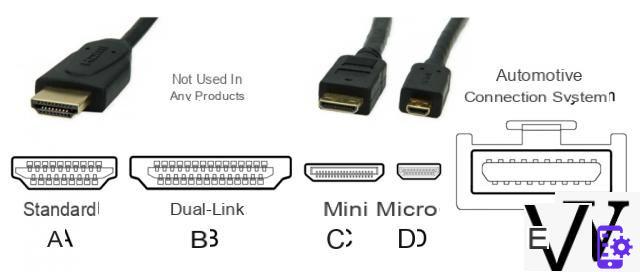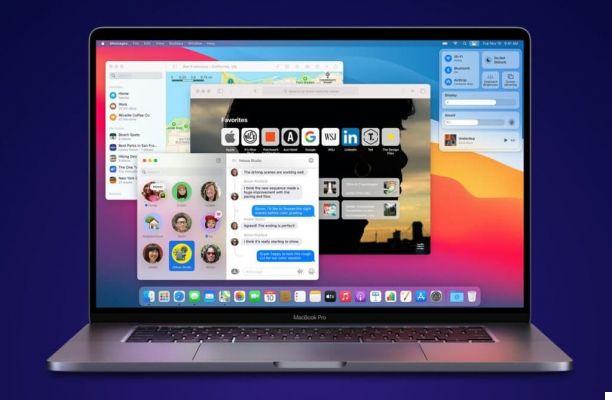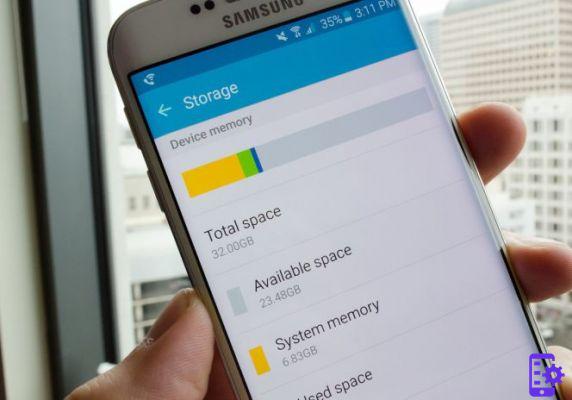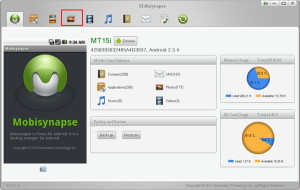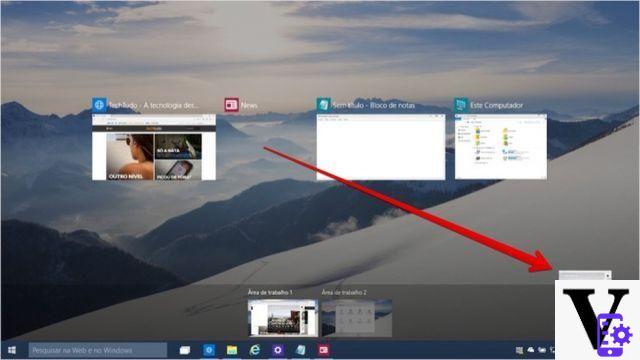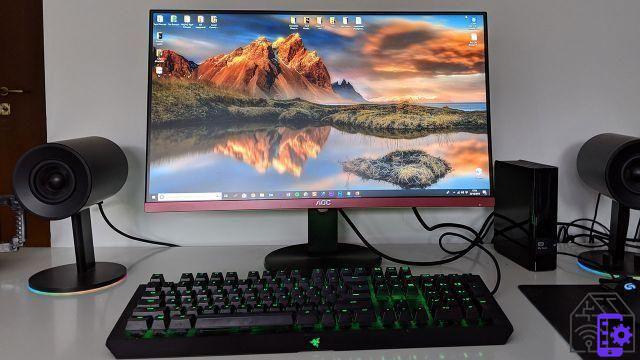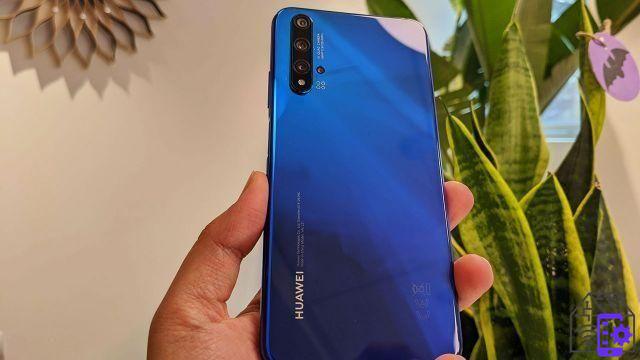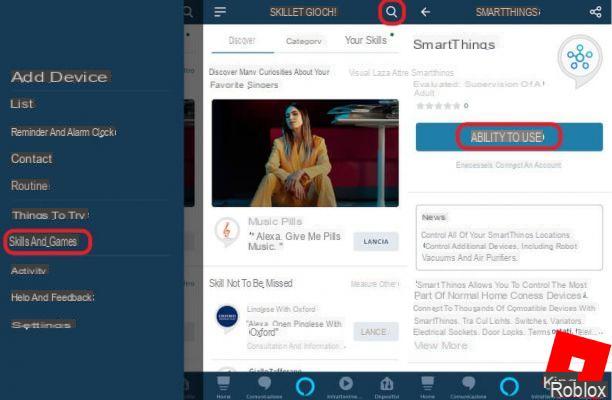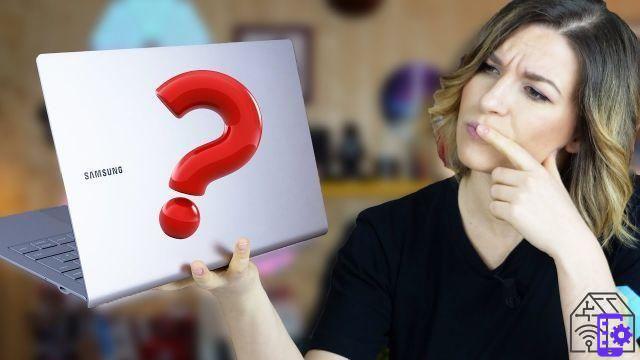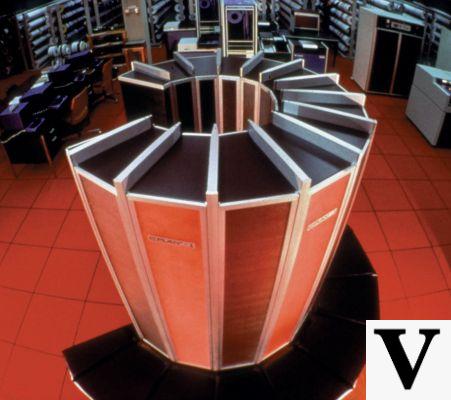
In 1975 the first model of Cray 1, a supercomputer that made history thanks to its characteristics totally innovative and its exceptional computing power. Today, 44 years later, we want to remember it by trying to understand what made this car so important and special.
READ ALSO: Netscape and Mozilla: the story of a project capable of revolutionizing the web
Supercomputer is born
Often, when we want to underline the incredible giant steps taken in the field of electronics from its birth to today, we compare the first huge computers, capable of occupying entire rooms, with our smartphones, infinitely more powerful but still able to fit in a pocket.
However, there is a category of computers that has remained, and probably will always remain, "cumbersome", namely that of supercomputer. Intended for applications meteorological, scientific, militari o industrial, these are machines designed with in mind computing power e reliability, rather than compactness and energy efficiency.
The complexity, size and cost of these computers limits the number of units produced for each model, often with machines unique made to order for a particular application.
Use in very specific fields forces designers and engineers to think outside the box to achieve a optimal design and a 'dedicated architecture. Many of the innovations introduced over the decades on supercomputers have also influenced the progress of commercial devices, bringing benefits for all.
Cray 1 arrives
The story of the Cray 1 begins its creator, Seymour cray. Cray was already working, at the turn of the 60s and 70s, in the field of supercomputers within the CDC (Control Data Corporation). Although with this company he had successfully designed several models, some financial problems, related to the too ambitious project CDC STAR-100, convinced Seymour Cray to leave her in the 1972 and to found the Cray Research.
After some investments and a lot of work, in 1975 the project of the Cray 1. With a clock frequency of 80MHz and a computing power of 160 MFLOPS, the first model was contested between different research laboratories, only to be awarded by the National Center for Atmospheric Research (NCAR) to the figure of 8.86 million dollars.
The price was based on the initial expectations of selling a dozen or so machines, but the success was much greater, with more than 80 unit sold. Cray and his company became celebrities in the industry.
With the included cooling system, the computer weighed well 5.5 tons, he could memorize 8MB and consumed 115 kW of power. The appearance was also unique and particularly characteristic, halfway between a tower and a bench.
The secret is efficiency
One of the secrets to the success of Cray 1 was the use of integrated circuits, existing for more than a decade, but only now fast enough to be used in a supercomputer. To cool it, a patented system was implemented on purpose and based on the Liquid Freon.
But the main feature behind the enormous (at least for the time) computing power of this machine was its particular architecture. It was in fact the first supercomputer with a vector processor, that is, able to perform the same operation on a set of data very efficiently.
Unlike a normal processor, which performs one operation at a time, its vector nature of this machine allowed it to perform a calculation of the same type on even millions of data, all in a single statement. This type of application is very common in scientific programs and advanced simulations, and being able to execute it efficiently allowed to enormously reduce the necessary computation time.
Although vector processors have lost relevance due to the increasing power and low cost of traditional processors, still today many CPUs and GPUs follow, for some operations, a principle of parallelism e vector operations, which allows him to achieve greater efficiency.
Beyond the Cray 1
The success of the Cray 1 was followed by the launch of Cray-1MP ed CRAY-2, respectively in 1982 and in 1985. Neither had the same success as the first, although they were much better in terms of performance and general characteristics.
The production of supercomputers also continued in the second half of the 80s and in the first half of the 90s, but an ever decreasing demand for very expensive ultra-specialized machines and the advent of mini-supercomputer led the company to file for bankruptcy in 1995.
Cray Research was later merged with Silicon Graphics the next year, and I continue to operate, releasing some low-end supercomputers along with the high-performance systems. The latest of these, the Cray XK7 "Titan“, Was released in 2011, and it was the fastest supercomputer in the world up to 2013.
A look at the past, the present and the future
It may seem strange to recall with admiration a computer whose maximum computing power (160 MegaFLOPS) Is thousand times less than that of a current cell phone, and almost a billion times less than that of his successor 'Titan' (20 PetaFLOPS).
But it must be remembered that this supercomputer was the best of all when it came out, and that it introduced many innovations that still live on in modern systems today. Putting it into perspective with current technology can help us not to take for granted the enormous resources at our disposal and can make us imagine, or perhaps just guess, the progress we will achieve. in another 44 years.
[amazon_link asins=’B005404P9I,B079D8FD28,B07J62TQV8′ template=’ProductCarousel’ store=’gamspri02-21′ marketplace=’IT’ link_id=’6030581a-df6e-444e-ac2b-96722245a77c’] Source By FlyAkwa - Own work, CC BY-SA 4.0 Tagscray 1 silicon graphics supercomputer A supercomputer called Cray 1




